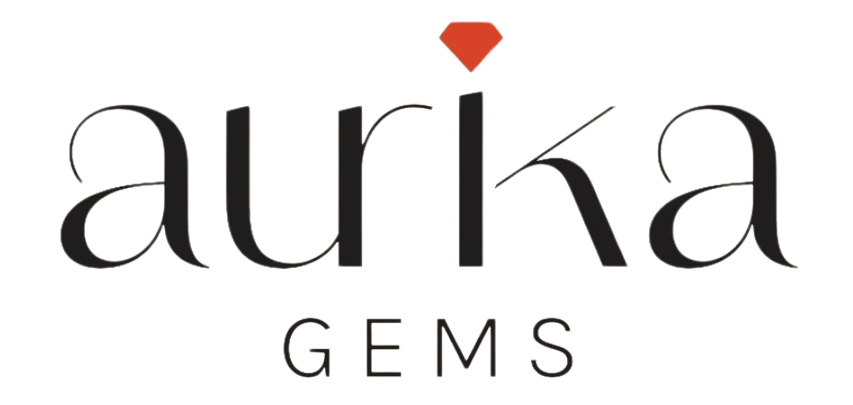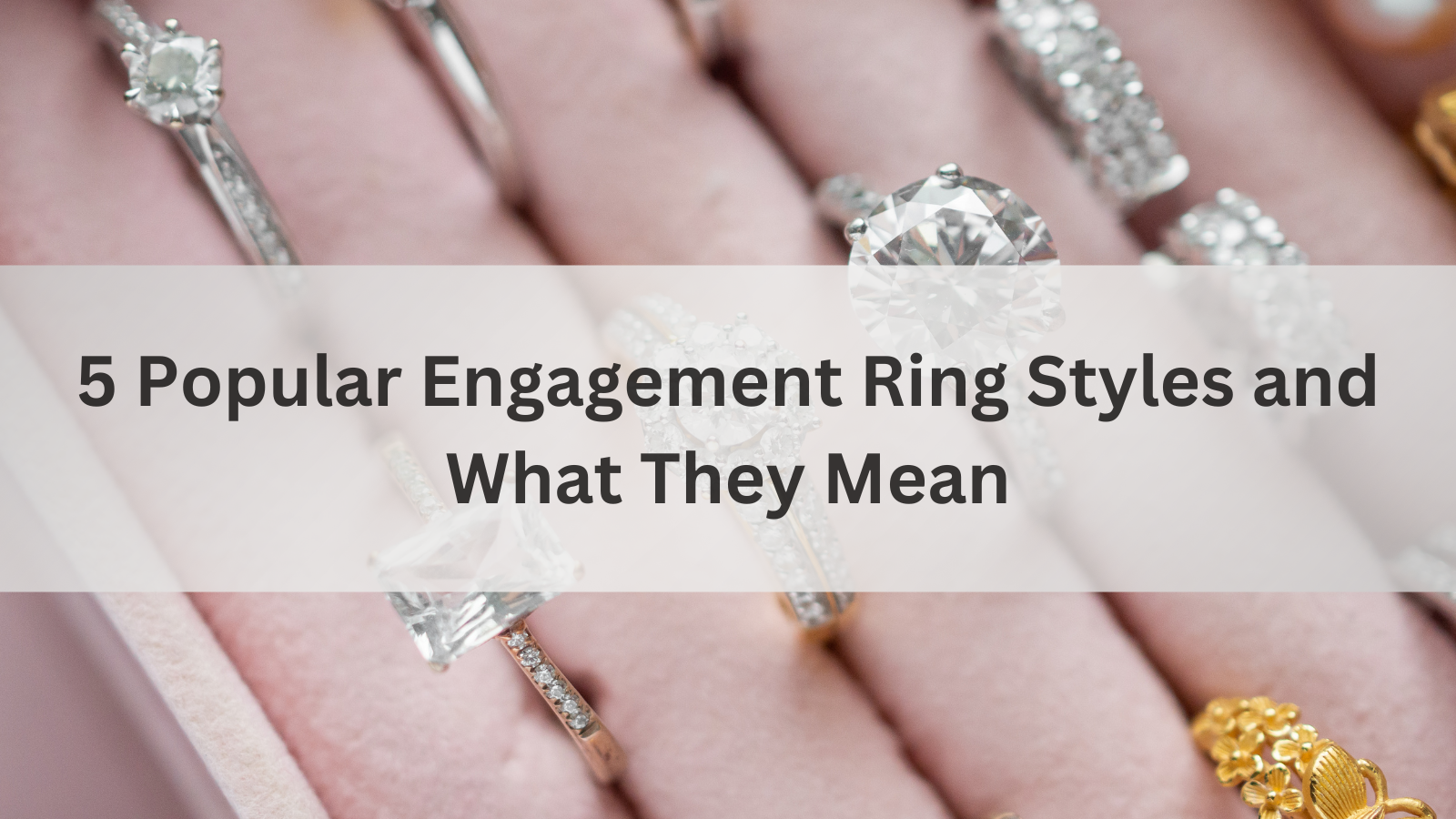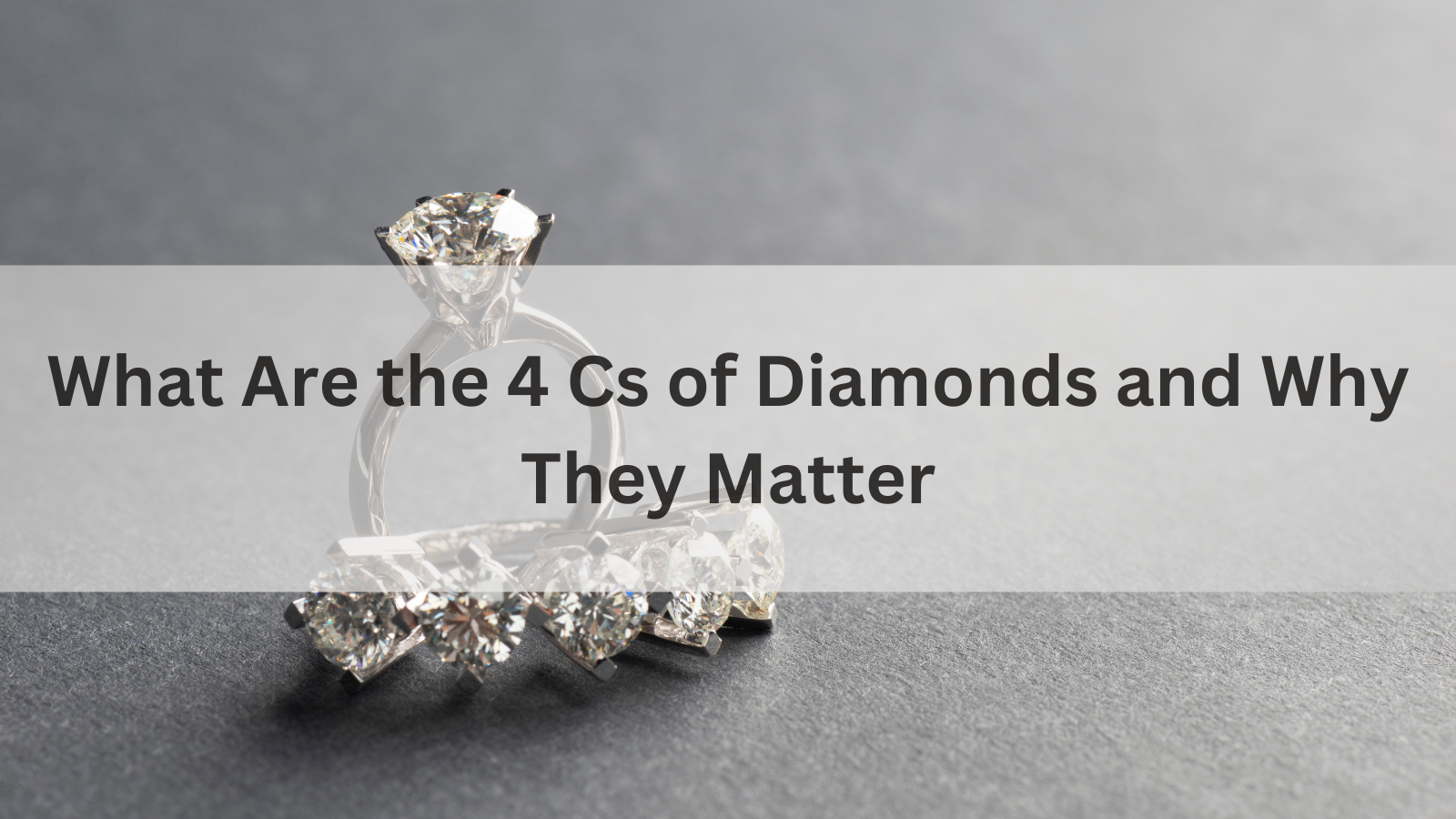
The Ultimate Guide to Choosing the best engagement ring metal
Choosing the best engagement ring metal is as crucial as selecting the perfect diamond. The metal not only affects the ring’s appearance and durability but also its overall cost. With various options available, understanding the characteristics and benefits of each metal will help you make an informed decision. This comprehensive guide explores popular engagement ring metals, their features, and how to choose the best one for your needs.
1. Understanding Engagement Ring Metals
When selecting a best engagement ring metal, consider its aesthetic appeal, durability, and hypoallergenic properties. Here’s a detailed look at the most popular metals used in engagement rings:
1.1 Gold
Gold is a traditional choice for engagement rings, valued for its classic look and versatility. Gold is available in various colors and purity levels:
1.1.1 Yellow Gold
- Characteristics: Yellow gold’s warm, rich hue is the most traditional and timeless. It is often alloyed with metals like copper and silver to increase its durability.
- Advantages: Its classic appearance complements a variety of diamond styles and can enhance the diamond's brilliance.
- Considerations: Yellow gold may require more frequent polishing to maintain its shine. It can be prone to scratching compared to harder metals like platinum.
1.1.2 White Gold
- Characteristics: White gold is alloyed with metals like nickel or palladium to give it a silvery-white appearance. It is often rhodium-plated to enhance its shine and durability.
- Advantages: White gold offers a sleek, modern look that complements a range of diamond colors and styles. The rhodium plating adds a layer of protection against tarnishing.
- Considerations: The rhodium plating can wear off over time, requiring periodic replating to maintain the ring’s bright appearance.
1.1.3 Rose Gold
- Characteristics: Rose gold has a distinctive pink hue, created by alloying gold with copper. The color can range from soft pink to deep rose.
- Advantages: Its romantic, vintage appearance makes it a popular choice for those seeking a unique and feminine touch. Rose gold is also relatively durable due to its copper content.
- Considerations: Rose gold’s pink tint can complement a variety of diamond colors, but it may not be suitable for those who prefer a more traditional look.
1.2 Platinum
Platinum is a premium metal known for its durability and naturally white color. It is often used in high-end engagement rings:
1.2.1 Characteristics
- Advantages: Platinum is exceptionally durable, making it ideal for daily wear. It is also hypoallergenic, reducing the risk of skin irritation. Its dense nature ensures a secure setting for diamonds.
- Considerations: Platinum is more expensive than gold and can develop a patina over time. Regular polishing can restore its original luster.
1.3 Palladium
Palladium is a member of the platinum family and offers a cost-effective alternative to platinum:
1.3.1 Characteristics
- Advantages: Palladium shares many properties with platinum, including its white color and hypoallergenic qualities. It is also lighter and more affordable.
- Considerations: Palladium is less dense than platinum, which may affect its durability over time. It requires minimal maintenance compared to other metals.
1.4 Titanium
Titanium is a modern, lightweight metal known for its strength and contemporary appearance:
1.4.1 Characteristics
- Advantages: Titanium is highly durable and resistant to scratches and tarnishing. Its lightweight nature makes it comfortable for daily wear.
- Considerations: Titanium’s appearance is more matte and industrial compared to other metals. It is also challenging to resize once the ring is made.
1.5 Sterling Silver
Sterling Silver is a popular, affordable choice for engagement rings:
1.5.1 Characteristics
- Advantages: Sterling silver is budget-friendly and offers a bright, shiny appearance. It is often used in fashion jewelry and is widely available.
- Considerations: Sterling silver can tarnish over time and requires regular polishing to maintain its luster. It is less durable than other metals and may not be ideal for an engagement ring worn daily.
2. Factors to Consider When Choosing an Engagement Ring Metal
Selecting the right metal involves more than just aesthetic preference. Consider the following factors to make the best choice for your engagement ring:
2.1 Personal Style and Preferences
Your personal style and preferences should guide your choice of metal. Consider the following questions:
- Do you prefer a classic, timeless look or a modern, unique style?
- Are you drawn to warm, cool, or neutral tones?
- Do you want a metal that complements your skin tone?
2.2 Durability and Maintenance
The metal’s durability is crucial, especially for an engagement ring worn daily. Consider how each metal performs over time:
- Platinum and titanium are highly durable and require minimal maintenance.
- Gold (especially yellow and rose) may need periodic polishing and maintenance.
- Sterling silver requires regular cleaning to prevent tarnishing.
2.3 Hypoallergenic Properties
If you have sensitive skin or allergies, choosing a hypoallergenic metal is important:
- Platinum, palladium, and titanium are excellent hypoallergenic options.
- White gold may cause allergic reactions in some people due to its nickel content.
2.4 Budget
Your budget plays a significant role in selecting the right metal:
- Platinum is the most expensive, followed by gold and palladium.
- Titanium and sterling silver offer more budget-friendly options.
2.5 Ring Design and Setting
Consider how the metal will affect the overall design and setting of the ring:
- Platinum and white gold provide a sleek background that enhances the appearance of diamonds.
- Rose gold adds a romantic touch to vintage or modern designs.
- Titanium and palladium offer contemporary and industrial looks.
3. Choosing the Right Metal Based on Diamond Color and Style
The metal you choose can impact the appearance of your diamond. Here’s how different metals interact with various diamond colors and styles:
3.1 Diamond Color
- White Diamonds: Metals like platinum, white gold, and palladium complement white diamonds by enhancing their brilliance and creating a sleek, clean look.
- Yellow Diamonds: Yellow gold can enhance the warm tones of yellow diamonds, creating a harmonious and vibrant appearance.
- Pink Diamonds: Rose gold beautifully complements the pink hues of pink diamonds, adding a romantic and elegant touch.
3.2 Diamond Styles
- Solitaire Rings: Metals like platinum and white gold provide a classic backdrop that highlights the diamond’s beauty in a solitaire setting.
- Halo Rings: White gold or platinum can enhance the sparkle of a halo setting by providing a bright, reflective surface.
- Vintage Rings: Rose gold and yellow gold are perfect for vintage-inspired designs, adding a touch of nostalgia and warmth.
4. Tips for Choosing the Right Metal
Selecting the perfect metal for your engagement ring involves careful consideration. Follow these tips to make an informed choice:
4.1 Try On Different Metals
Visit jewelry stores and try on rings made from different metals. This will help you see how each metal looks and feels on your finger.
4.2 Consult with a Jeweler
Consult with a professional jeweler to discuss your preferences and get expert advice on metal choices. A jeweler can help you understand the benefits and drawbacks of each metal.
4.3 Consider Long-Term Wear
Think about how the metal will hold up over time with daily wear. Opt for metals known for their durability and low maintenance if you plan to wear the ring daily.
4.4 Balance Aesthetics and Practicality
Choose a metal that balances both aesthetics and practicality. Consider how the metal complements your style and how it performs in everyday life.
4.5 Make an Informed Decision
Ultimately, choose a metal that aligns with your personal preferences, lifestyle, and budget. Making an informed decision will ensure you’re satisfied with your engagement ring for years to come.
Read More:
- Introduction to Engagement Rings
- Types of Engagement Rings
- Understanding Diamond Shapes and Cuts
- The 4 Cs of Diamonds
- Custom vs. Ready-Made Engagement Rings
- How to Determine Your Ring Size
- Setting a Budget
- Ethical and Sustainable Options
- How to Care for Your Engagement Ring
5. Conclusion
Selecting the best engagement ring metal is a vital part of the ring-buying process. Each metal offers unique characteristics, from classic gold to durable platinum. By understanding the different options and considering factors such as personal style, durability, and budget, you can choose a metal that perfectly complements your engagement ring and your love story.
Whether you opt for the timeless elegance of yellow gold, the modern sheen of platinum, or the unique charm of rose gold, your choice will reflect your individual style and the commitment you share. Explore the various metals, consult with experts, and choose a ring that represents your everlasting love.
For more detailed information on engagement rings and metal choices, explore our related blog posts and resources.
Happy ring shopping!


